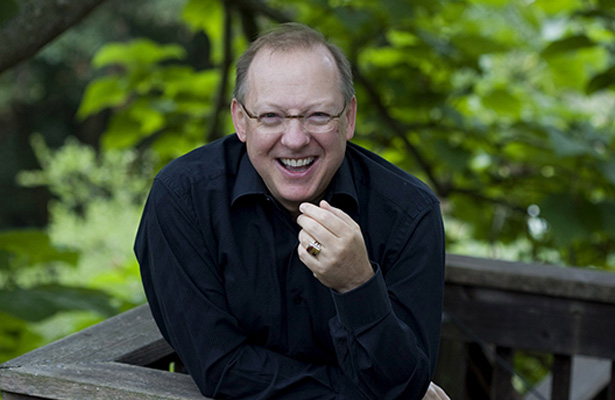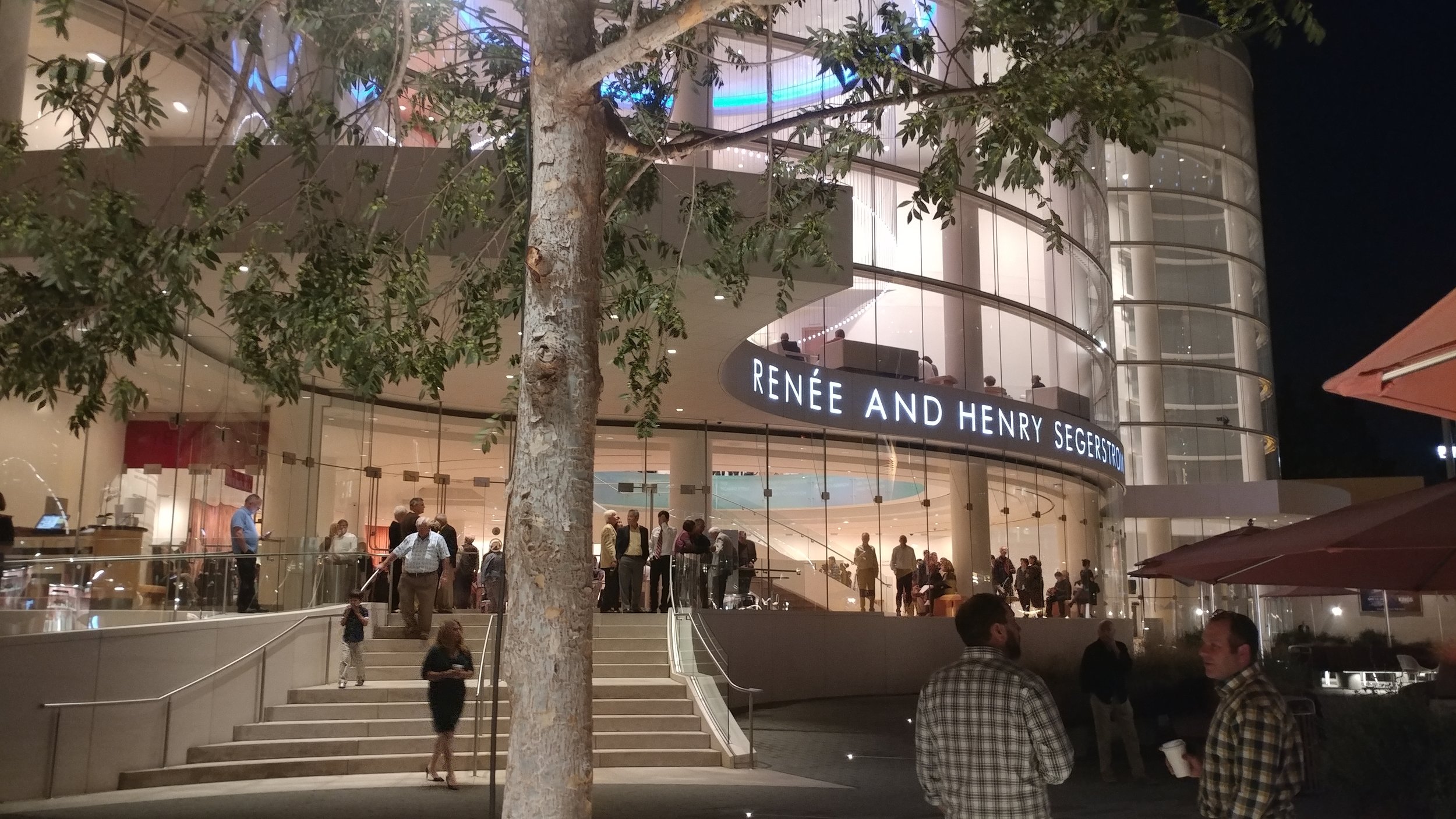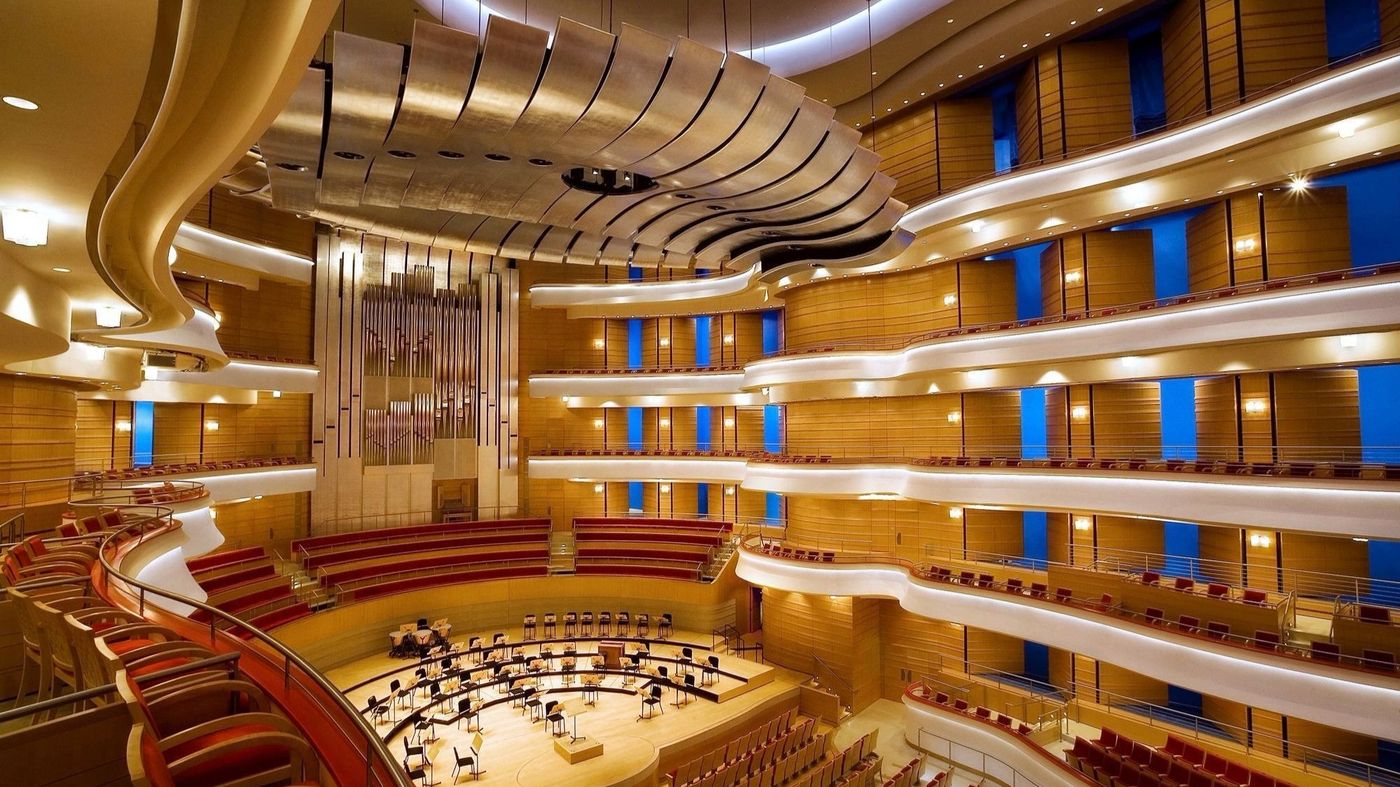Mozart Masses Consecrate and Inaugurate PSOC Season
/By Truman C. Wang
10/6/2018
On Thursday night, October 4, the Philharmonic Society of Orange County launched its 2018-19 season with a new President/Artistic Director Tommy Phillips and a program of Mozart’s sacred choral works, performed on period instruments and sung by light, agile voices, transforming the Segerstrom Concert Hall quite literally into a temple of music.
Mr. Phillips is an ideal man for the job, with his background in artistic planning and presenting big-name artists from around the world. For the current PSOC season, planned by his predecessor, Mr. Phillips’ main job would be trying to keep things shipshape in a truly stellar lineup of pianists, return of old favorites, as well as new surprises. To open a season with not one, but two, Catholic masses – on a Thursday night, no less – calls for real chutzpah and shows the concert organizer on solid financial footing, for no impresario with shaky finances would dare risk box office receipts for artistic innovation. And risky box office it did seem on Thursday night– empty seats on the orchestra floor and the upper tiers as far as my eyes could see. Sitting in rear orchestra right was a prominent contingent of an unknown monastic order, clad in gleaming white robes. For rich or for poor, for profit or for non-, the opening night was truly blessed.
I am not religious, but I love ‘church music’ in concert halls, finding it comforting, inspirational and, in many cases –Mozart, Handel, Verdi, for example – deliciously profane and operatic. Mozart’s fondness for the Italian opera shows in the soprano and tenor numbers in the Litaniae and the C-Major Mass, containing stylistic and melodic traces of his later operas (Contessa’s Act III aria from Le Nozze and Konstanze-Belmonte scene from Entführung) The popular motet Exsultate, jubilate was in fact written for an Italian commission and sung by a famous castrato-opera star. In short, church music need not be ‘churchy’ and solemn.
The Philharmonia Baroque Orchestra & Chorale, under Nicholas McGegan, filled the Segerstrom Concert Hall with exquisite sounds and beautifully articulated Mozart. The choir of thirty-two voices and the small period-instrument orchestra achieved a blaze of splendor in Litaniae Lauretanae (K.195) and the C-Major ‘Coronation’ Mass. The former was done in an extended version that includes elaborate vocal cadenzas and ornamentation for the tenor (Regina Angelorum) and the soprano (Agnus Dei), sung with great fervor by tenor James Reese and in tender tones by soprano Camille Ortiz. Mezzo-soprano Meg Bragle and bass-baritone Dashon Burton produced some beautifully rounded tones and one wished their parts were more substantial.
Exsultate, jubilate K.165, essentially a bravura vocal concerto in three movements for soprano and orchestra, provided a star vehicle for Ms. Ortiz, displaying her real Mozartian limpidity in the outer movements and tender shades of expression in the slow movement. Maestro McGegan’s conducting throughout the evening was sensitive, animated, joyful and at times comical – all the traits of a fine opera conductor.
You will have a chance to hear this fine ensemble again on April 10, 2019 at the Walt Disney Concert Hall, in Handel’s oratorio Saul (trust me when I say it’s even better than the Messiah.) On a personal note, I had attended many PBO concerts in my student days at Berkeley, when the orchestra was still fairly new and Baroque music was all the rage. Three decades later, they still show the same consistency of playing, the same vibrant and fresh spirits. That’s a truly remarkable accomplishment.
Truman C. Wang is Editor-in-Chief of Classical Voice, whose articles have appeared in the San Gabriel Valley Tribune, the Pasadena Star-News, other Southern California publications, as well as the Hawaiian Chinese Daily. He studied Integrative Biology and Music at U.C. Berkeley.



